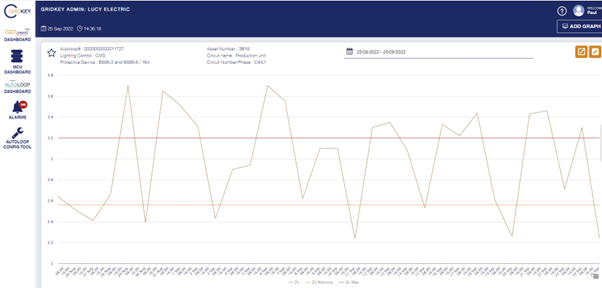The energy transition and achieving Net Zero targets are now critical and will become increasingly pressing issues for the utilities sector at an international scale.
While governments all over the world are striving to address these challenges through legislation and policies, the UK is already ahead with the Sixth Carbon Budget urging the strategic shift to wider electrification and by requiring the expansion of low-carbon energy supplies. Most recently, Ofgem’s RIIO-ED2 draft determinations have reinforced the requirements for utilities to increase grid capacity while ensuring resilience and flexibility, embrace an increasing level of renewables integration and to enable EV charging at a wider scale.
Overall electrification and renewables will be crucial for the future energy mix, however such expanded generation will have further implications on the grids. The extensive addition of low-carbon technologies, on top of general capacity growth, brings increased volatility and ‘unpredictability’ to the electricity networks, requiring almost imminent response times in order to keep grid stability. Therefore, utilities are now facing a highly complex challenge with multiple layers, which needs to be addressed within a relatively short timeframe.
To successfully overcome these challenges, such as the need for flexibility or network reinforcement, complete control and understanding of the network will be pivotal, relying on continuous monitoring, and the analysis of real-time accurate and reliable data. One significant focus for Ofgem in how network operators achieve these complex goals, is the transition to a DSO (Distribution System Operator) model. For this, smart optimisation systems, such as Low Voltage (LV) monitoring, will be essential tools for utilities to advance their operations.
LV monitoring can both facilitate the required resilience and flexibility and improve business planning, for instance by spotting trends. It can also lower costs in multiple ways – such as identifying potential available grid capacity, enabling better response times to faults, avoiding outages, pre-empting constraints, reducing maintenance requirements and much more.
Lucy Electric’s GridKey is one of the solutions developed to support utilities. It enables real-time substation monitoring, provides insight on power quality, potential faults and losses, as well as supports accurate planning of use and replacement of LV network assets, such as transformers, distribution boards or network cables. GridKey has already proven to be invaluable in its support for UK network operators and utilities around the world, including improving the understanding on the impact of electric vehicle charging on the grid, in early fault detection and to inform planned maintenance and reinforcement as well as other network innovation projects.
Low Voltage Monitoring has also shown excellent potential in other applications, most notably as part of our award-winning collaboration with Highways England, where safety and financial benefits of remote monitoring of their private electrical network have been proven. A joint Network Innovation Allowance project with Western Power Distribution (WPD) on the Automatic Location of Arc-faults through Remote Monitoring (ALARM) has also recently concluded with great success on locating faults thanks to the straightforward, quick and cost-effective monitoring solution.
Real-time accurate data will be fundamental for a stable future electricity system by improving efficiency and driving cost savings throughout, ultimately to benefit consumers. Wider availability of data can support better planning and more effective network investment.
To attain such a resilient and flexible system, whilst navigating the current spiralling levels of cost inflation, skills shortages and lengthening lead times, clarity on the long-term commitment to adequate levels of investment is needed now. Investment plans being agreed between the network operators and Ofgem will need provide this much-needed certainty that plans by the entire supply chain will be feasible and deliverable even further down the line.
Overall, investment in innovation and the implementation of smart optimisation systems, such as LV monitoring, can bring a range of benefits to network operators right now, while also future-proofing their operations, assets and investment for whatever the future demands might hold.
